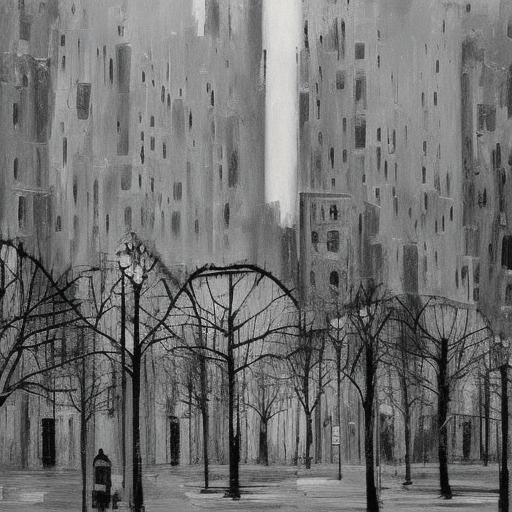The Battle of Algiers by Gillo Pontecorvo
Summary: “The Battle of Algiers” is a gripping and realistic portrayal of the Algerian struggle for independence from French colonial rule, capturing the violent tactics employed by both sides.
Main Cast and Crew:
- Director: Gillo Pontecorvo
- Writers: Gillo Pontecorvo, Franco Solinas
- Key Actors: Brahim Hadjadj (Ali La Pointe), Jean Martin (Colonel Mathieu), Saadi Yacef (Djafar)
- Music Director: Ennio Morricone
- Director of Photography: Marcello Gatti
- Producers: Antonio Musu, Yacef Saadi
Plot:
Set in the late 1950s, “The Battle of Algiers” chronicles the Algerian National Liberation Front’s (FLN) guerrilla warfare against the French colonial forces in Algiers. The film focuses on the rise of Ali La Pointe, a young Algerian who becomes a key figure in the FLN’s urban guerrilla tactics. As the FLN intensifies its bombings and attacks, the French government sends in Colonel Mathieu, a ruthless paratrooper, to suppress the uprising.
The film portrays the escalating violence and brutality on both sides. The FLN employs bombings, assassinations, and acts of sabotage, while the French respond with mass arrests, torture, and the use of informants. The narrative also highlights the role of women in the resistance, with several female characters actively participating in the struggle.
As the conflict escalates, the French intensify their efforts to dismantle the FLN’s network, leading to the capture and torture of key members. Despite the setbacks, the FLN continues to rally support and carry out attacks, leading to a climactic showdown in the Casbah, the heart of the resistance.
Themes and Motifs:
“The Battle of Algiers” explores themes of colonialism, nationalism, and the ethics of armed resistance. It delves into the complexities of a struggle for independence, highlighting the moral dilemmas faced by both the oppressors and the oppressed. The film also examines the power dynamics between the colonizer and the colonized, shedding light on the dehumanizing effects of colonial rule.
Pontecorvo skillfully employs motifs of urban warfare and the use of public spaces as sites of resistance. The film’s gritty black and white cinematography adds to its documentary-like realism, immersing the audience in the chaos and tension of the conflict.
Reception and Legacy:
Upon its release in 1966, “The Battle of Algiers” garnered critical acclaim for its powerful storytelling and political relevance. It won the Golden Lion at the Venice Film Festival and was nominated for three Academy Awards. The film’s realistic portrayal of urban guerrilla warfare influenced subsequent filmmakers and became a touchstone for political cinema.
“The Battle of Algiers” remains a significant film in the history of cinema, revered for its historical accuracy and its exploration of the dynamics of colonialism and resistance. Its influence can be seen in films like “Black Panther” and “Zero Dark Thirty,” which draw inspiration from its visual style and narrative structure.
Recommendation:
“The Battle of Algiers” is a must-watch for those interested in political cinema and historical conflicts. Its gripping storytelling and realistic portrayal of the Algerian struggle make it a timeless classic. However, viewers should be prepared for intense and graphic scenes depicting violence and torture.
Memorable Quote:
“Should we remain forever what we were during the war? Isn’t it time to change? Isn’t it time to build a different Algeria?” – Ali La Pointe












